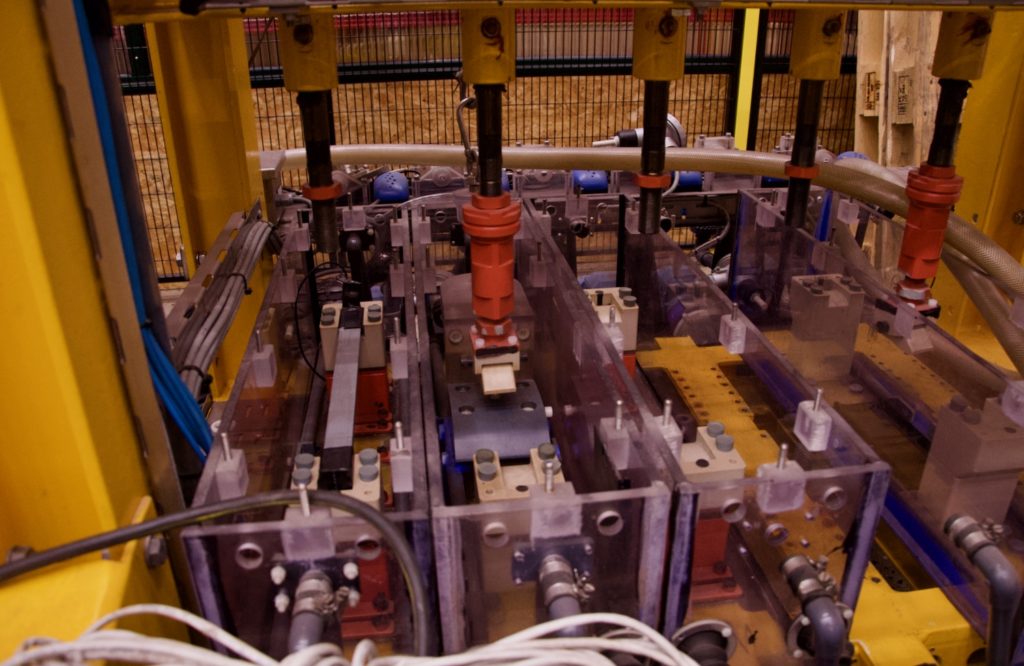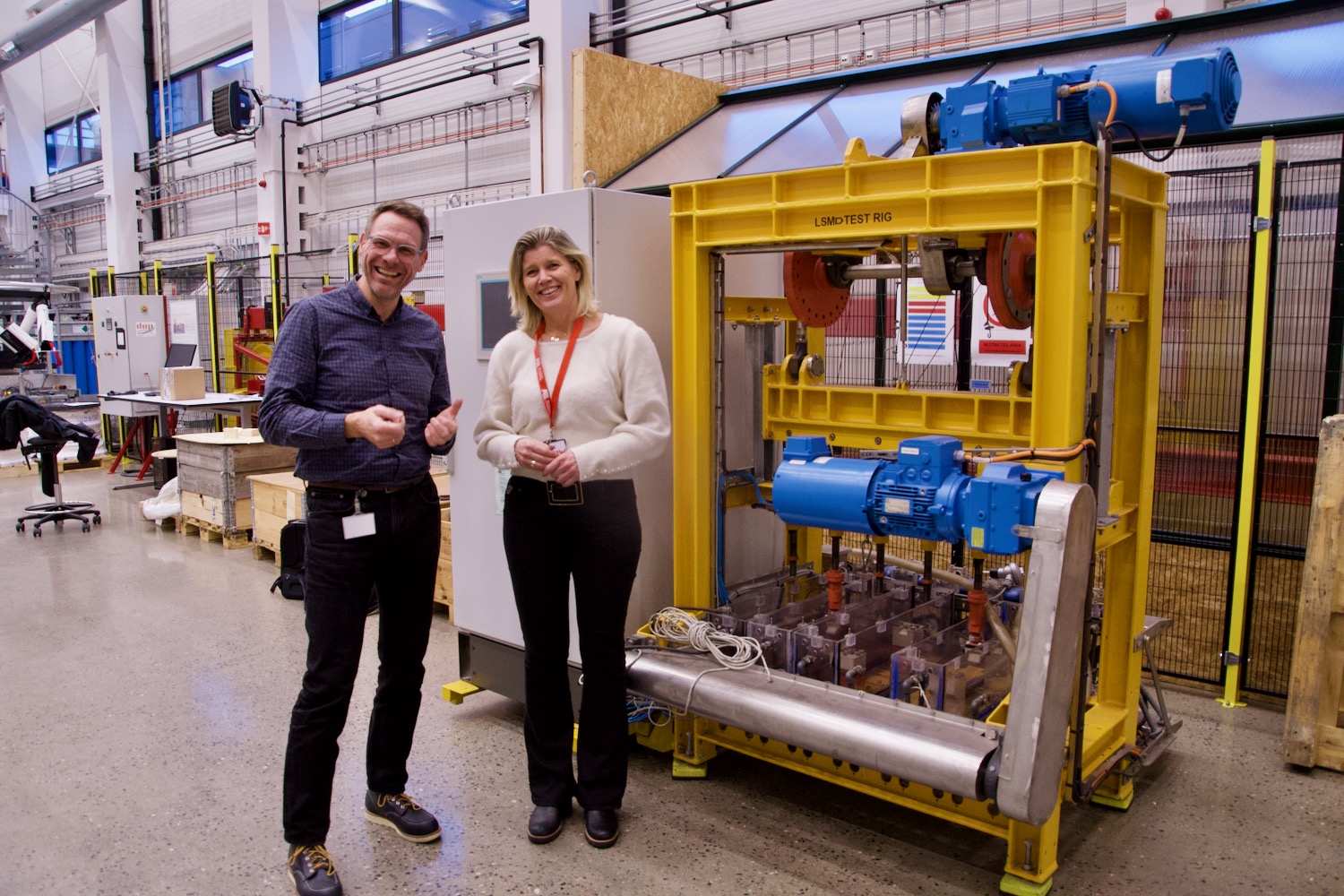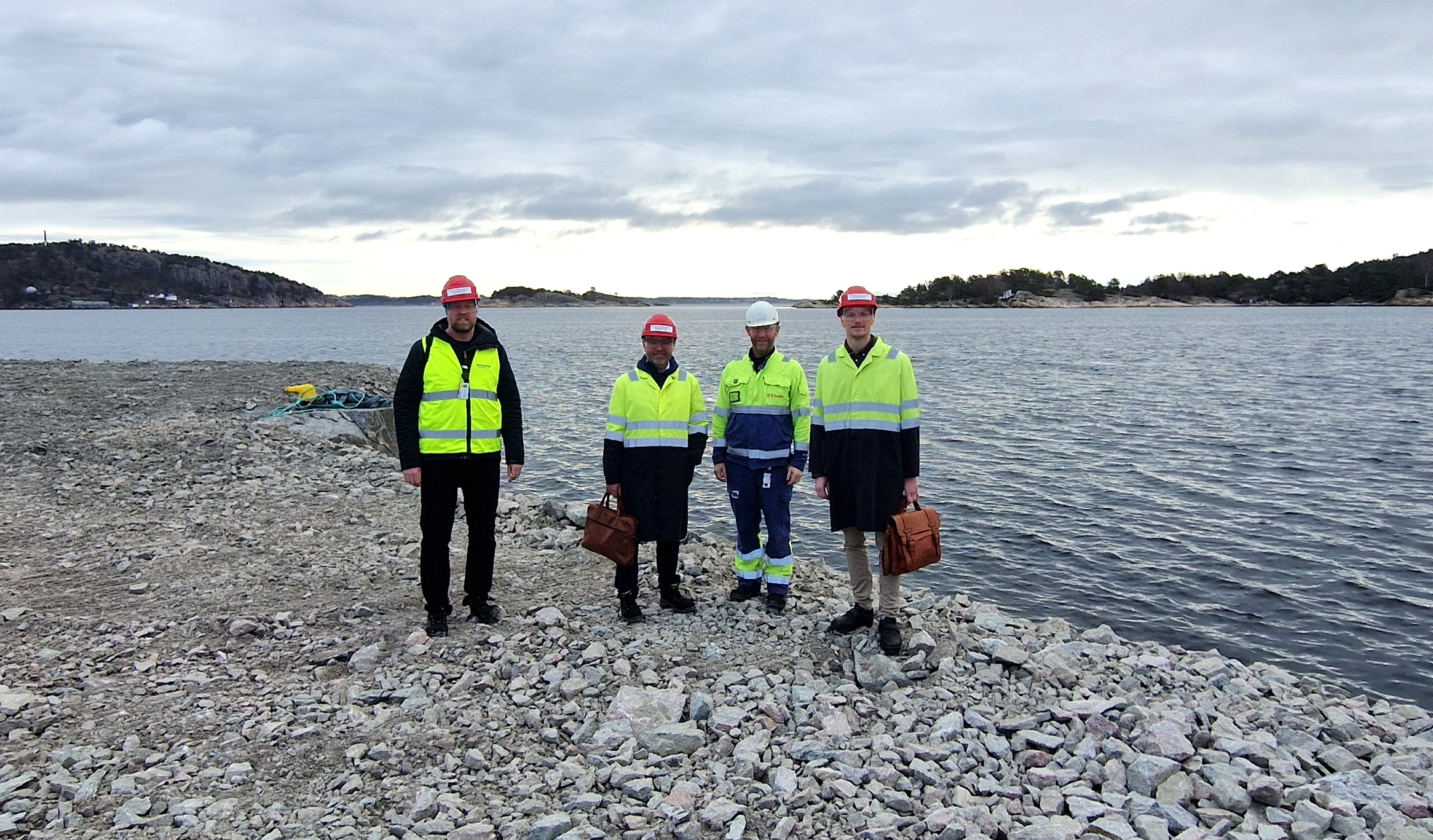The lab scale multi-degradation test rig is on the move again – from Mechatronics Innovation Lab, MIL in Norway to the Research Institutes of Sweden, RISE.
“The machine will find a more relevant home at RISE, and it will still be available for any Norwegian companies or scientists in need of running multi-degradation material testing and qualifications,” says Christian von der Ohe, RD&I Manager at GCE NODE.
In 2008, he designed and built this pilot multi-degradation test rig together with colleagues at National Oilwell Varco. The purpose was to expose test specimens to a realistic combination of static and cyclic loading (fatigue) and reciprocating sliding wear contact in corrosive environments under electrochemical control. In close collaboration with the Norwegian University of Science and Technology, NTNU, a project called ‘NODE ART’ pioneered multi-degradation understanding and testing of offshore materials.
“This was the first effort to understanding the multi-degradation mechanism and methods for faster prediction of service life of critical offshore components exposed to harsh marine conditions. At the time, testing and qualification guidelines were outdated and obsolete,” says von der Ohe.
Exploring the combined effects of corrosion, wear and fatigue was the object of a project called NODE ART (Advanced Riser Tensioning), in which several NODE companies came together based on many reported incidents of failing rod coatings on riser tensioner cylinder piston rods operating in the splash zone on board drilling vessels.
Building the machine and running tests on it was an integral part of von der Ohe’ doctoral thesis, leading to his PhD in Materials and Mechanical Integrity. The multi-degradation test rig can test up to six material combinations at the same time, or one material combination exposed to different degradation scenarios.
“The machine allows us to speed up all the processes that are relevant for materials that we intend to use offshore. In just six hours the test rig can simulate years of offshore operations. During the NODE ART project, some of the major GCE NODE companies gained new insights into material science which they later turned in to competitive advantages,” says von der Ohe.
“NODE ART was a starting point for increased collaboration in the cluster. It proved the value of the cluster and taught us how to cooperate when we can, and to compete when we must,” says Tom Fidjeland, CEO of GCE NODE.
Since the NODE ART project, the test rig has been used by SINTEF and NTNU, leading to more PhD and MSc thesis. A few years ago, the test rig relocated to Mechatronics Innovation Lab in Grimstad. Now, it is on the move again.
“We believe the test rig has a greater potential at another location. At Sweden’s research institute and innovation partner, RISE, the machine will be available for a wider industry, while exposing MIL and our region to a more international research environment,” says Lene Merete Liodden, CEO of MIL.
“We look forward to setting up the test rig in our marine material test center on the Swedish west coast. This test infrastructure will be a great addition to our labs and projects already serving the emerging offshore renewable energy industry and the offshore sector in general. This contact has turned out to be a nice opportunity to start cooperating projects with GCE NODE, NTNU and SINTEF,” says Emiliano Pinori, Senior Researcher at RISE.




